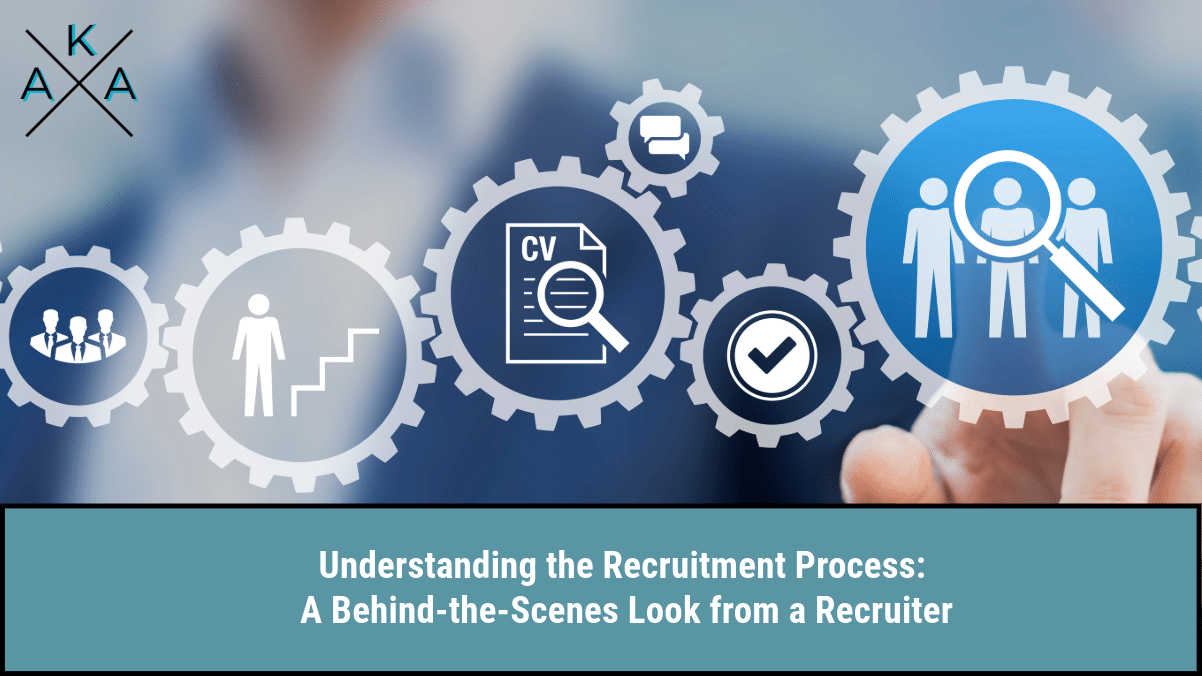The recruitment process is more than just filling job vacancies; it’s a strategy crucial for the growth and success of any organization. Behind every job posting and interview, there’s a meticulous journey undertaken by recruiters to find the perfect match for both the company and the candidate. This journey is not just about matching skills with job descriptions but also about weaving the rich tapestry of a productive and harmonious workplace. Let’s explore the intricate dance of recruitment, revealing the steps and strategies that bring the best talent into a company.
The Genesis of Recruitment
- Recruiters often use workforce planning tools to predict future hiring needs and prepare in advance.
- Establishing a clear employer brand is crucial at this stage to attract the right candidates.
Recruitment begins when a company identifies a need for new talent, triggered by expansion or an employee’s departure. Recruiters, acting as the company’s talent scouts, collaborate with department heads to crystallize the role’s requirements, focusing on skills, experience, and the ideal candidate’s personality. This collaboration ensures that the recruitment net is cast wide enough to attract the right applicants.
Crafting an enticing job advertisement is the next step. This ad serves as a beacon, drawing potential candidates to the role by outlining the job’s demands and the company’s expectations. A well-crafted job advertisement can attract a pool of qualified and interested candidates, setting the stage for a successful recruitment process.
The Hunt for Talent
- Recruiters often utilize applicant tracking systems (ATS) to streamline the process of sorting through applications and resumes.
- Networking events and career fairs are also strategic venues for recruiters to find potential candidates.
The search for the perfect candidate is multifaceted. Recruiters use a variety of platforms, such as job boards, social media, and professional networks, to advertise the vacancy and attract potential candidates. They also proactively search for passive candidates who, while not actively job-hunting, possess the right skills and experience.
The influx of applications leads to a meticulous screening process, where recruiters sift through resumes and cover letters to identify those who best fit the job’s criteria. This phase is akin to filtering through a stack of puzzle pieces to find the ones that seamlessly fit, focusing on relevant experience, skills, and cultural fit.
The Interview Process
- Behavioral interview techniques are often employed to assess how a candidate might handle various situations based on their past experiences.
- Some companies use assessment tests during this phase to evaluate candidates’ technical abilities or soft skills.
Interviews are the core of the recruitment process, offering a deeper engagement with potential hires. They enable recruiters and hiring managers to delve into candidates’ experiences, skills, and problem-solving approaches. The interview format can vary, including one-on-one, panel, or remote sessions, to accommodate different needs and schedules.
Post-interview, the recruitment team evaluates the candidates, comparing notes on each individual’s performance and potential fit within the company. This critical step involves a collective decision on who is best suited for the job and the company culture.
Finalizing the Hire
- Negotiation training for recruiters is essential to ensure they can secure the best talent while adhering to budget constraints.
- Effective onboarding programs often include mentorship and training sessions to accelerate the new hire’s integration into the company.
Selecting the ideal candidate leads to the job offer, detailing salary, benefits, and other employment terms. This stage might involve negotiations to align the offer with the candidate’s expectations and ensure a mutual agreement.
The recruitment journey culminates in the onboarding process, where the new hire is integrated into the company. This phase is crucial for making the new employee feel welcomed and prepared to contribute effectively to their new role.
Conclusion
Recruitment is an art and science, entailing a detailed and thoughtful process that extends beyond mere hiring. It’s about finding individuals who will not only excel in their roles but also enhance the workplace culture and contribute to the organization’s long-term success. Recruiters play a pivotal role in this process, ensuring that each step, from identifying the need to onboarding the new hire, is conducted with precision, care, and a deep understanding of the company’s and candidates’ needs. This behind-the-scenes look at recruitment unveils the dedication and effort required to build a dynamic and thriving workforce.
- Check out our “How to Create a Positive Candidate Experience During the Interview Process” blog for more information on helping you significantly enhance your recruitment process.


